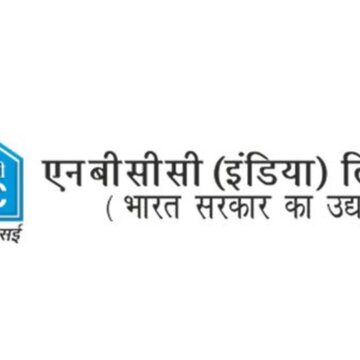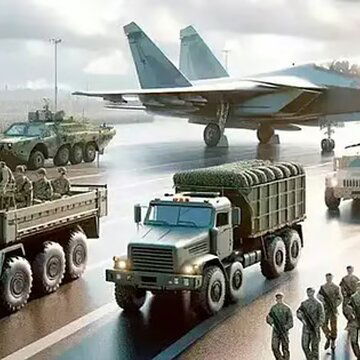The Asia-Pacific region will require 19,560 new aircraft over the next 20 years, Airbus said on Saturday, outlining a strong and sustained growth outlook for global aviation.
Presenting its long-term forecast at the Association of Asia-Pacific Airlines (AAPA) Annual Assembly in Bangkok, the aircraft manufacturer said the region alone will represent 46 per cent of global demand, with worldwide requirements projected at 42,520 new aircraft during the same period, according to PTI.
Also Read | This penny stock priced under ₹5 has multibagger potential, back in focus
Anand Stanley, President of Airbus Asia Pacific, said India and China are driving a major portion of the growth. Passenger traffic in the region is expected to rise at 4.4 per cent annually, well above the global average of 3.6 per cent. India is one of the world’s fastest-growing civil aviation markets that continues to see large aircraft orders as airlines expand both domestic and international operations.
Fleet expansion, efficiency push to shape demand
Airbus estimates that Asia-Pacific carriers will need around 3,500 wide-body aircraft, accounting for 43 per cent of global demand in the long-haul segment. The region will also require nearly 16,100 single-aisle aircraft, which represents 47 per cent of worldwide narrow-body deliveries.
Also Read | Jio BlackRock fund spreads its money across 141 stocks: Here’s the full investment lineup
Of the total projected demand, 68 per cent of new aircraft will support fleet expansion, while 32 per cent will replace older, less efficient jets. Airbus added that its new-generation wide-body aircraft offer a 25 per cent improvement in fuel efficiency along with reduced carbon emissions.
Stanley said the region is entering an “exciting phase of growth,” driven by expanding route networks, the rise of low-cost carriers and ongoing development of aviation infrastructure.










